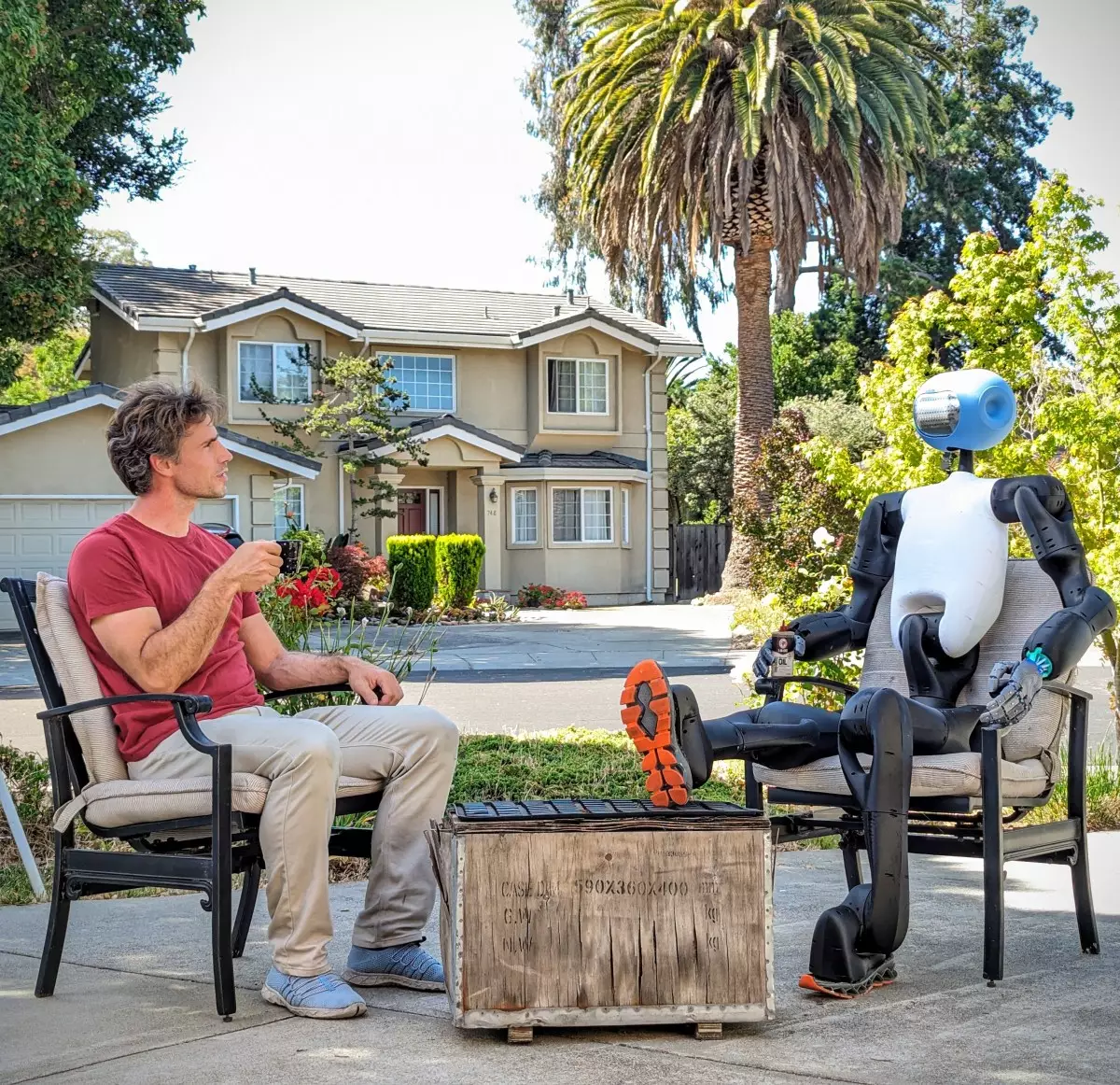When stepping into Christoph Kohstall’s garage in Palo Alto, it’s impossible for one’s senses not to be overwhelmed by the eclectic array of gadgets and components vying for attention. This is no ordinary garage but rather a bustling hub of innovation, a microcosm of the revival of the home-brew computing culture that once flourished in Silicon Valley. Among the jumble of electrical equipment, machining tools, and prototypes, one can see a vivid reflection of the future of robotics taking shape. Kohstall’s workspace tells a story woven with ambition, creativity, and a hint of nostalgia, bringing together the essence of grassroots innovation with cutting-edge technology.
Kohstall’s journey as founder of Kind Humanoid is intriguing, especially given its nontraditional roots. The team’s current project, a bipedal robot affectionately referred to as “Mona,” aims to cater to the domestic space rather than the industrial sector. Kohstall’s decision to steer clear of the crowded industrial market showcases a strategic move that allows his team to concentrate on creating robots capable of handling the diverse challenges presented by homes, particularly as they relate to elder care. The vision for Mona deviates from the conventional humanoid robots typically seen in commercial spaces, which tend to favor a more utilitarian and often unsettling aesthetic. Instead, Kohstall and designer Yves Béhar opted for a softer, more whimsical design that evokes curiosity and empathy.
Mona’s design evolution encapsulates the spirit of innovation prevalent in Kohstall’s garage. The collaboration with Yves Béhar turned the project into a multifaceted endeavor where artistry meets functionality. Béhar’s design language—characterized by its rounded edges and playful forms—distills an often overly mechanistic field into something that resonates with daily life. The decision to incorporate elements reminiscent of Belgian surrealist René Magritte demonstrates a thoughtful approach to human-robot interaction; it is meant to convey emotion and intent rather than simply mimic human forms. Kohstall remarks on the importance of providing a robot with a “face,” for it significantly influences how humans perceive and connect with it.
Kohstall’s strategy reveals deeper layers of the complexities involved in robotics development. While most manufacturers target the industrial market with their humanoid robots, Kind Humanoid is taking a different route. The often-overlooked opportunities in elder care and assisting individuals in maintaining their independence present a fertile ground for innovation. With an increasing elderly population seeking to age in place, the challenge of navigating homes filled with obstacles becomes an urgent need that sophisticated robotics might address. Kohstall’s team is not just following a trend—they are defining a market niche at a time when many are fixated on commercial applications, thereby carving out their own path in a competitive landscape.
In an unusual show of courage and conviction, Kohstall and his team appear indifferent to the typical Silicon Valley frenzy surrounding fundraising. This attitude is a bold departure from the mainstream approach, where startups often chase venture capital to scale their innovations. Instead, Kind Humanoid’s focus on efficiency, rapid prototyping, and thoughtful experimentation presents a model that values creativity over capital influx. Kohstall firmly believes that genuine innovation requires a commitment to trial and error rather than just financial resources. He envisions a future where the design and functionality of Mona’s prototype become fully realized before approaching investors with tangible results.
As Kohstall and his team work diligently toward producing the first twelve prototypes of Mona for field tests, one can’t help but feel a sense of anticipation. The fusion of technology, creativity, and a unique understanding of human needs sets Kind Humanoid apart in the realm of robotics. In Kohstall’s garage, where chaos and creativity intertwine, the potential for disruption in the field of personal robotics is palpable. By blending functionality, artistry, and a deep respect for the end-user experience, Kohstall is not merely reviving the spirit of the home-brew computing movement; he is apt to redefine how we view and interact with robots in our everyday lives. As we look ahead, it seems that the future of robotics may very well be grounded in the humble environments from which it first emerged.


Leave a Reply